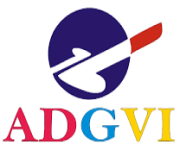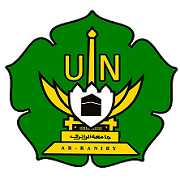Potensi Nanopartikel Magnetit Pasir Besi Lampanah Aceh Besar Melalui Studi Kajian Teknik Pengolahan, Sintesis Dan Karakteristik Struktur
Abstract
Research on the sand iron potential in generating magnetite nanoparticles in Lampanah Aceh Besar through a study of techniques processing, synthesis methods and structural characteristics has been completed. The method used in this research is qualitative method in the kind of literature study from the data of Banda Aceh ESDM Ministry. The results of this study indicate that iron sand in Lampanah area has a dominant element which contained Fe3O4. The magnetic separation method is used to separate the iron sand from impurities, while the co-precipitation synthesis of one of the methods chosen in generating the magnetite nanoparticles which due to a simple, economical experimental process and low treatment temperature. Through the XRD test, the cubic iron sand magnetite nanoparticles with a 2ï± angle are 35,55o, 57,13o and 62,70o with the hkl [311], [511] and [440], while the TEM and SEM tests showed that the dominant particle shape is round and the distribution is tight. Therefore, controlling the size and shape of iron sand magnetite nanoparticles will provide great potential in the magnetic field of magnetism. The conclusions of this study show that the iron sand located in Aceh Besar has the potential to be a magnetite nanoparticle.
Keywords
Iron Sand, magnetite nanoparticles, Fe3O4
Full Text:
PDFDOI: http://dx.doi.org/10.22373/crc.v2i1.3246
Refbacks
- There are currently no refbacks.
Copyright (c) 2018 CIRCUIT: Jurnal Ilmiah Pendidikan Teknik Elektro
Circuit: Jurnal Ilmiah Pendidikan Teknik Elektro
P-ISSN 2549-3698
E-ISSN 2549-3701
Published by Electrical and Engineering Education Department, Tarbiyah and Teaching Learning Faculty, Universitas Islam Negeri Ar-Raniry, Banda Aceh, Indonesia
Email: jurnal.circuit@ar-raniry.ac.id

Creative Commons License
Circuit: Jurnal Ilmiah Pendidikan Teknik Elektro is licensed under a Creative Commons Attribution-ShareAlike 4.0 International License.

























